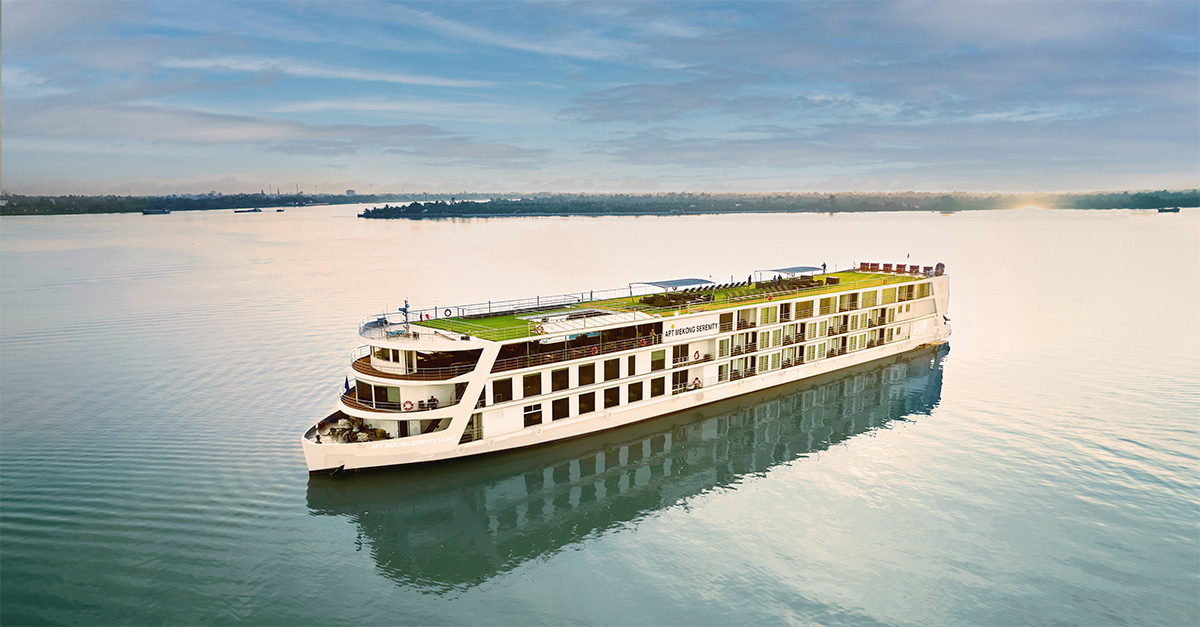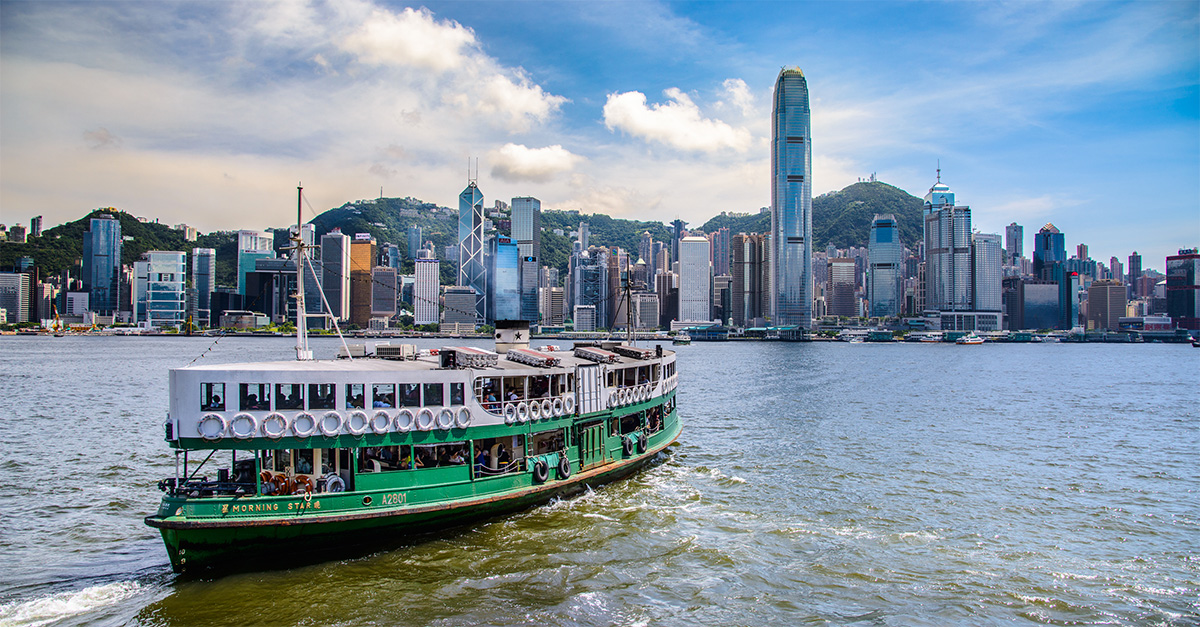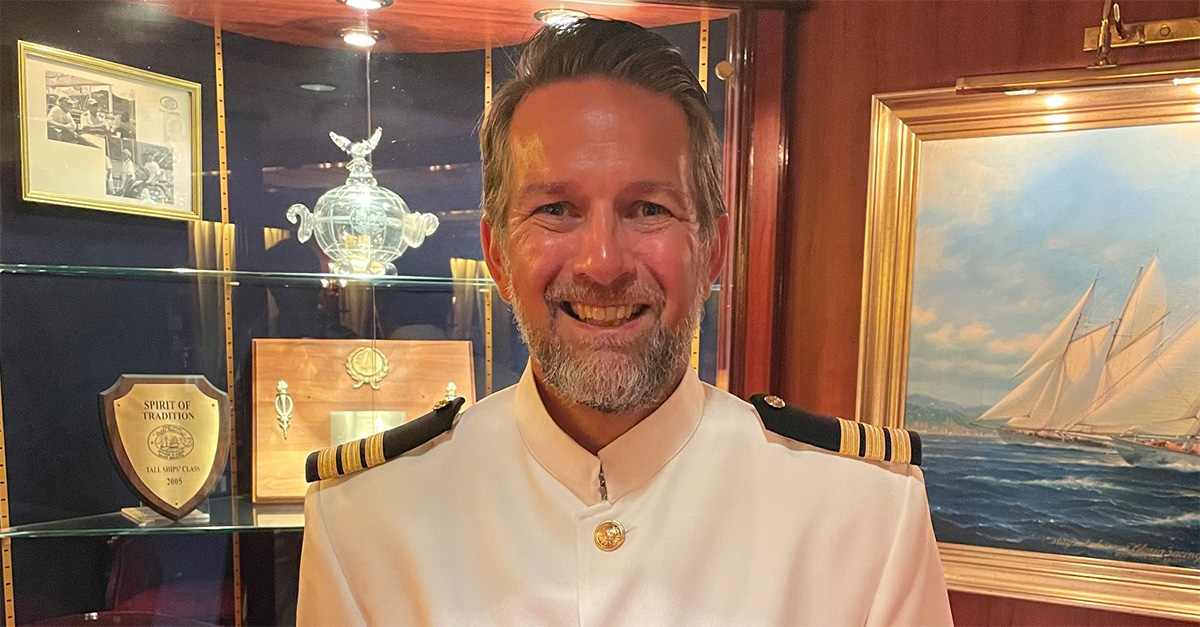For clients who have the courage to try something off-the-beaten-track, Aruba could be just the ticket, says Jo Cooke
Like this and want more details? Click here to download and save as a PDF.
When it comes to the Caribbean I’m a floozy. Many a West Indian isle has a place in my heart.
However, I am not easily impressed. En route to Aruba I wondered if this country within the Kingdom of the Netherlands had what it takes to be added to my list of amores. In less than a week, I was thoroughly hooked.
I can’t simply put it down to the curving white sands and multi-hued aquamarine waters of the southwest coast, where the beaches are boisterous or subtly seductive by turns.
Nor the rolling, rugged moonscape interior. I can’t say it was the effervescent Natural Pool that had me falling head over heels, although this Jacuzzi-style tub formed by the volcanic rocks and wild waves of the north coast is quite something.
Walking through the cactus-clad Arikok National Park is fabulous, as is the Dutch happy-go-lucky, energetic vibe that gives the island a distinct character. This feast of attractions and flavours combined, however, is what makes Aruba special.
This is a destination certain to suit clients who love a fling with the great outdoors thrown in with their sun, sea and sand.
STAY: HIGH RISE V LOW RISE
The free maps you can pick up on the island sum up the tale of Aruba’s accommodation offerings succinctly and simply. It pinpoints two groups of hotels: low rise and high rise.
The latter are mainly grouped along Palm Beach – a two-mile stretch of eye-catching sand full of bustling beach bars playing party beats and watersports concessions that have plenty of toys for those wishing to play in the calm surf.
You’ll find large properties of big name brands such as Marriott and Occidental lining up along the sand here. The Radisson Aruba Resort, Casino & Spa, the first high rise hotel to open on the island in the 1950s, has undergone a two-year £20 million renovation, giving it a new façade, furniture, and fixtures.
Heading east towards Oranjestad the hotels shrink in size and the beach-life becomes tamer, with holidaymakers taking a stroll rather than a banana boat ride.
One of the most popular establishments on this part of the island is Divi Aruba All Inclusive on Druif Beach, a broad arc of soft sand with few amenities disturbing the peace.
Whether towering or petite, all-inclusive is the standard package offered by UK operators at Aruba’s hotels. However, visitors tend to eat out more often here than on other Caribbean islands. There is a buzzing restaurant scene with eateries to suit every budget and this is a great way to soak up the local atmosphere.

SEE: CARIBBEAN FAVOURITES AND NATURAL HIGHS
The sheer variety of activities on offer in Aruba is a big selling point. Alongside Caribbean standards, such as golf, sunset catamaran trips, booze cruises, diving and snorkelling, there are a host of other options. A popular way to get an overview of the island is on a jeep safari.
A typical itinerary includes whisking clients across to the north coast for a dip in the Natural Pool, seeing a natural bridge created by time and tide, visiting a donkey sanctuary and checking out the 19th-century ruins of Bushiribana Gold Mill.
Aruba was conquered by the Dutch in 1636 and this heritage is particularly evident in the capital Oranjestad, which is known for its pastel-coloured, gingerbread-house-style architecture. Projects are restoring the heritage Court Building, erecting a new National Historic Centre and revitalising the main street.
Aruba is also famed for its high-quality aloe vera products. You can learn about the historic importance of this plant to the island, tour the factory where the lotions are made and buy them at discount prices on a visit to the Aruba Aloe Factory and Museum.
In addition, nearly 20% of the island is the designated protected area of Arikok National Park. This Spaghetti Western-style landscape is a great place to escape the crowds and follow one of the clearly marked hiking or biking trails.
As if that wasn’t enough to keep clients entertained, Aruba also has an archaeological museum, ostrich and butterfly farms and plenty of casinos.
SELL: location and ease
With the island just under 20 miles long and six miles wide, attractions are never far apart, so visitors can pack a lot into a stay in Aruba. It is easy to get around, too, with set fares for taxis and a reliable bus service.
It’s also easy to reach. Thomson Airways flies direct from the UK with a Saturday service from Gatwick until October, changing to Fridays from May to October 2013. Manchester also has a weekly flight on a Friday between May and October, while KLM flies five times weekly via Amsterdam with connections to 19 UK airports.
Other pluses are the location and climate. Just 16 miles from the Venezuelan coast, the island lies outside the hurricane belt. They seldom have a full day of rain – short, sharp showers are the norm – and with average temperatures of about 28 degrees, this is a year-round destination.
Aruba is an ideal place for clients who want to venture beyond the tried and tested destinations of the region without breaking the bank.
While package prices for Aruba are not the cheapest in the Caribbean, they are not wildly high either, and with all-inclusive properties plentiful, clients can feel reassured there need be no hidden costs to experiencing somewhere new.
With the range of land, watersports and excursions on offer this is a good choice for groups of friends, families and those who like an action-packed escape.




